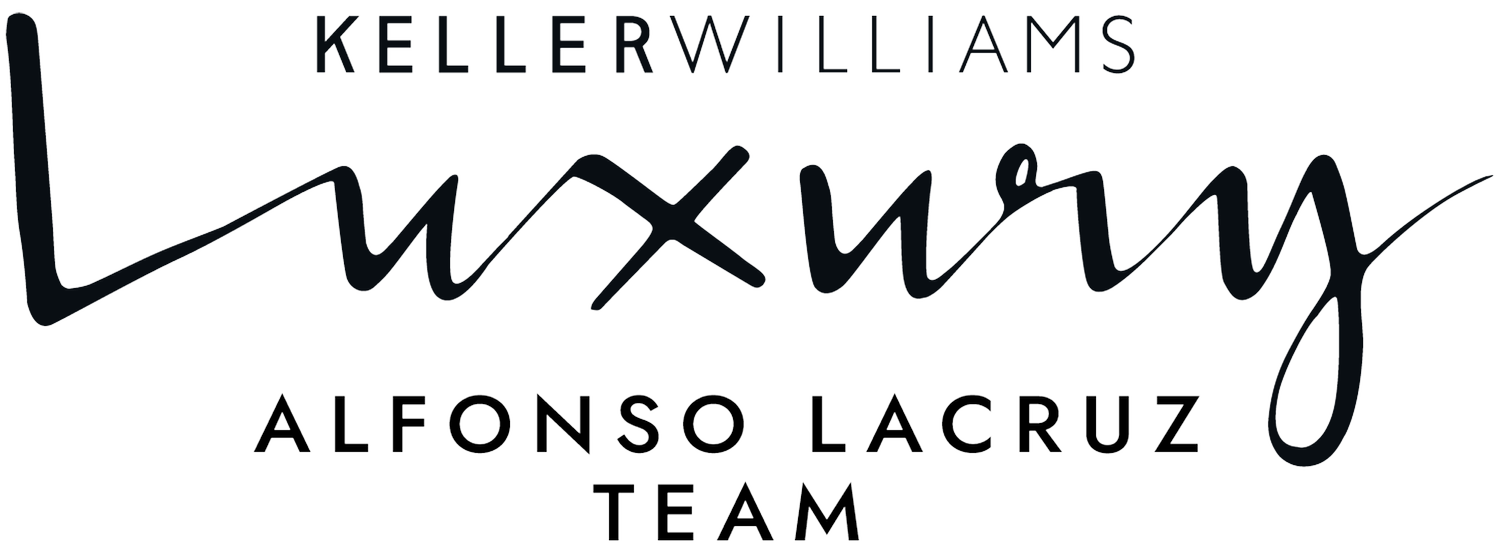The Ministry of Housing / Fomento and the real estate portal Idealista have published the most recent data regarding prices from the fourth quarter of 2023, revealing subtle shifts in trends that offer interesting insights:
1. Continued Rise in Asking Prices. Despite a 23,7% decline in annual closed transactions compared to 2022, asking prices have persisted in their upward trajectory even into the fourth quarter. Notably, the quarterly increase in prices in Benahavis and Marbella averaged a modest 1,9%, which, while still relatively high from a personal standpoint, marks a decrease from the 2,9% average witnessed in the past two years. This adjustment signals not a decline, but rather a moderation in the pace of price increases, a welcomed shift in my view. It appears that some property owners may still perceive the market through the lens of the booming year of 2022. However, even amidst this positive market sentiment, overpriced properties continue to face challenges in finding buyers.
Notably, I have observed instances where homes, after languishing on the market for two to four years, were sold within three months of being priced at a more reasonable level. As we step into the new year of 2024, asking prices persist in their upward trajectory.
2. Stabilization in Closing Prices. Although not immediately evident from the trend lines on the chart, there's a noticeable flattening in the latest data points (in blue), suggesting a potential shift towards a more stable trend in upcoming quarters if the current pace continues.
Consequently, while asking prices maintain their ascent, signaling optimism among property owners, closing prices are displaying a growing moderation, a typical response to a significant decrease in transactions (-23% compared to the previous year).
The increasing disparity between asking and closing prices, now reaching 30%, implies that property owners with listings on the market will likely need to offer more substantial reductions to facilitate sales.
3. Prices of newly built units continue to rise, albeit at a slower pace, while the prices of second-hand homes are starting to decline. In Marbella, prices of newly sold units saw a modest increase of 0,1% over the last two quarters, whereas closed prices of second-hand homes decreased by 3,5%. This marks the first semester since the pandemic where prices have shown a downward trend. Similarly, in Benahavis, the situation mirrors Marbella's, with a 4,2% increase in newly sold units over the last six months, contrasted with a 0,6% reduction in second-hand home prices. It remains to be seen in the upcoming quarters whether this trend will persist or if it was merely a reflection of the fourth quarter of 2023, when economic indicators were less favorable, with rising index rates and inflation not fully under control.
4. Valuations are following a similar pattern to closed prices. Although valuation prices reported are only available for Marbella (indicated in red on the chart) and not for Benahavis, in the fourth quarter, the red dots on the Marbella chart indicate a deviation from the previous trend line, suggesting potential concerns among valuators regarding market conditions. Time will reveal whether this deviation represents an isolated deviation or a broader trend. Nevertheless, it underscores the uncertainties faced by valuators during the fourth quarter .
In summary, asking prices in Marbella and Benahavis continue to rise, leading to a widening gap with real closing prices, also growing but on a more moderated way, reported by the Land Registry. This trend suggests an excess of optimism among property owners attempting to sell their properties. While price increases are typical in a healthy market, double-digit percentage increases, as seen in recent years, may not be sustainable in the long run.





